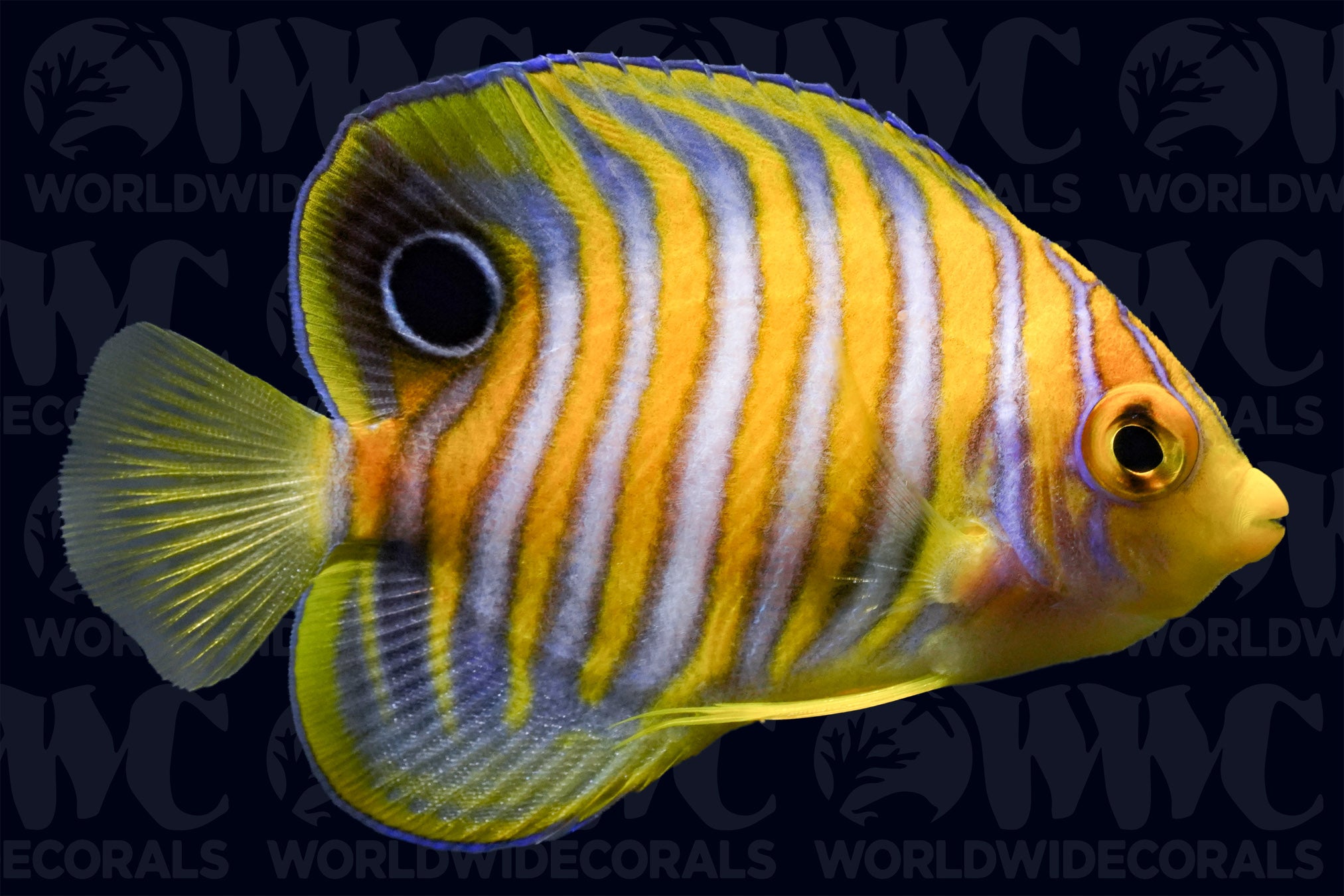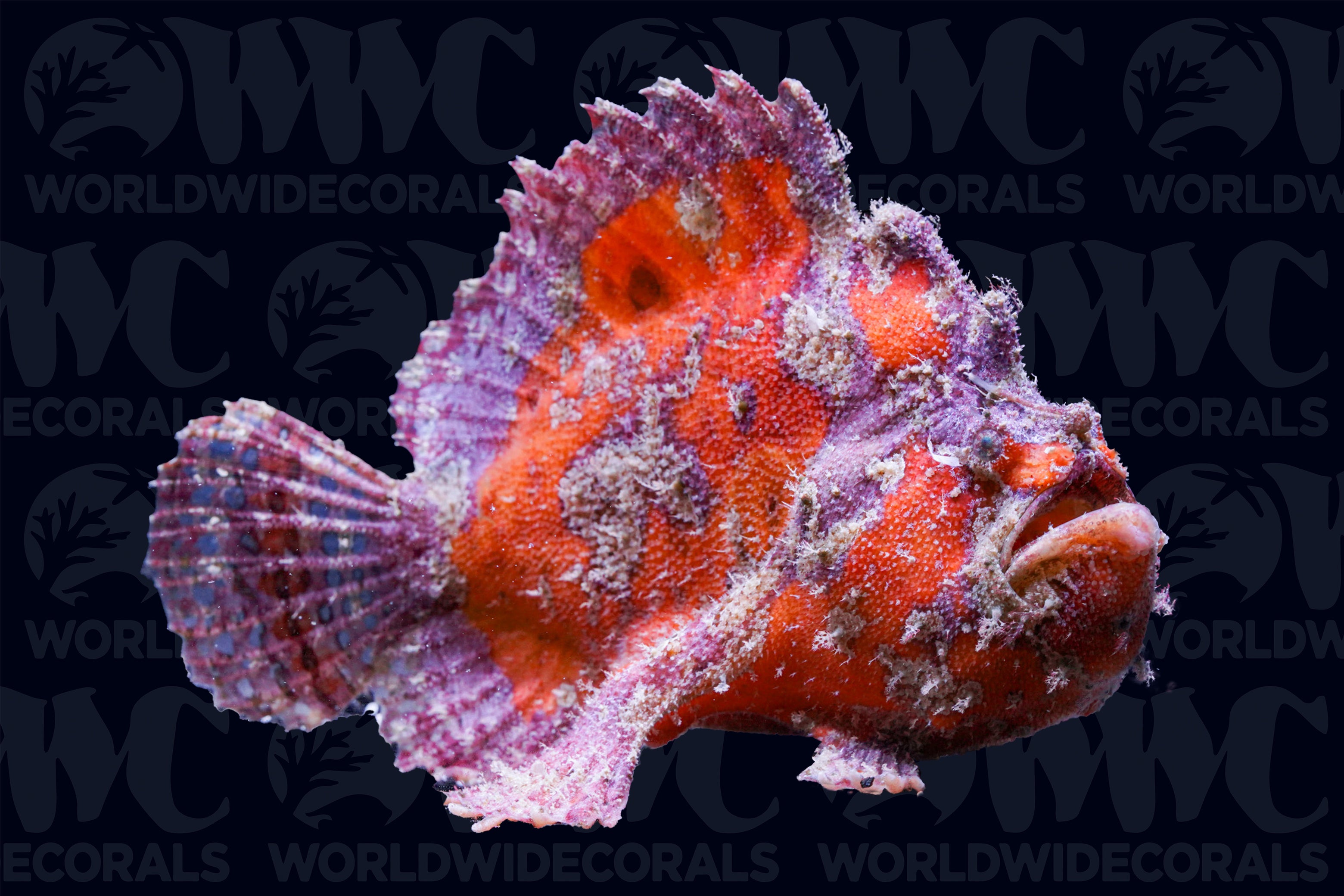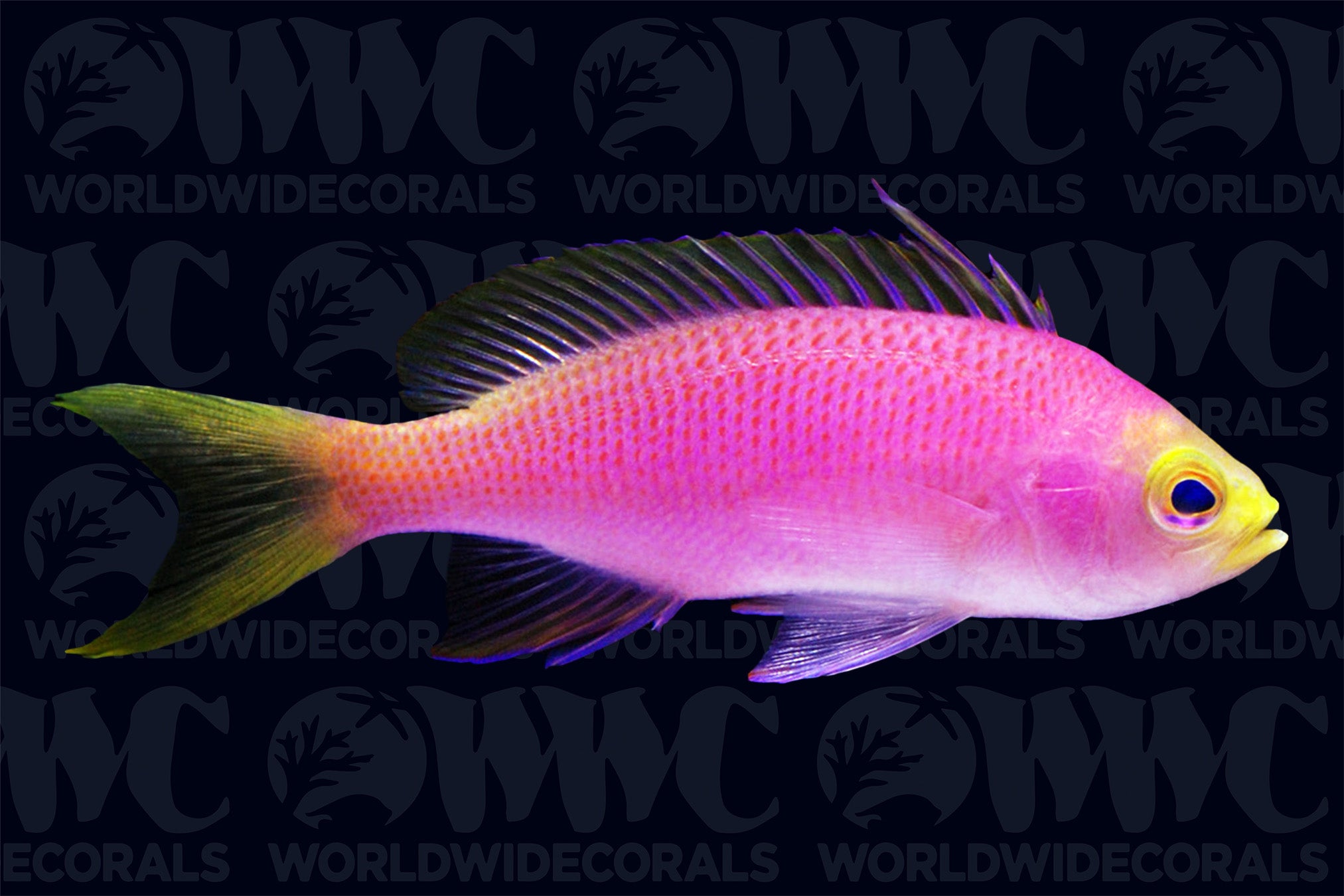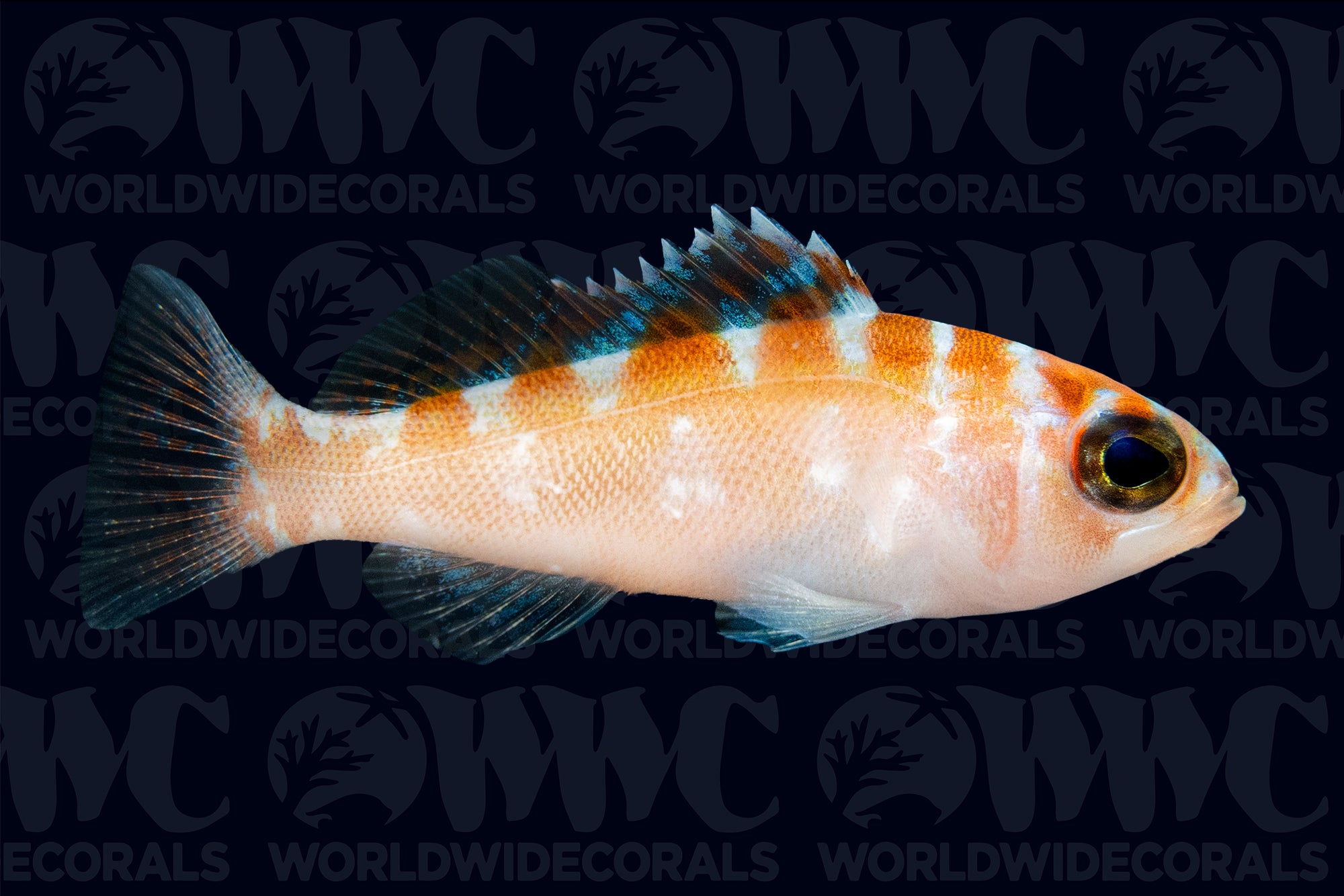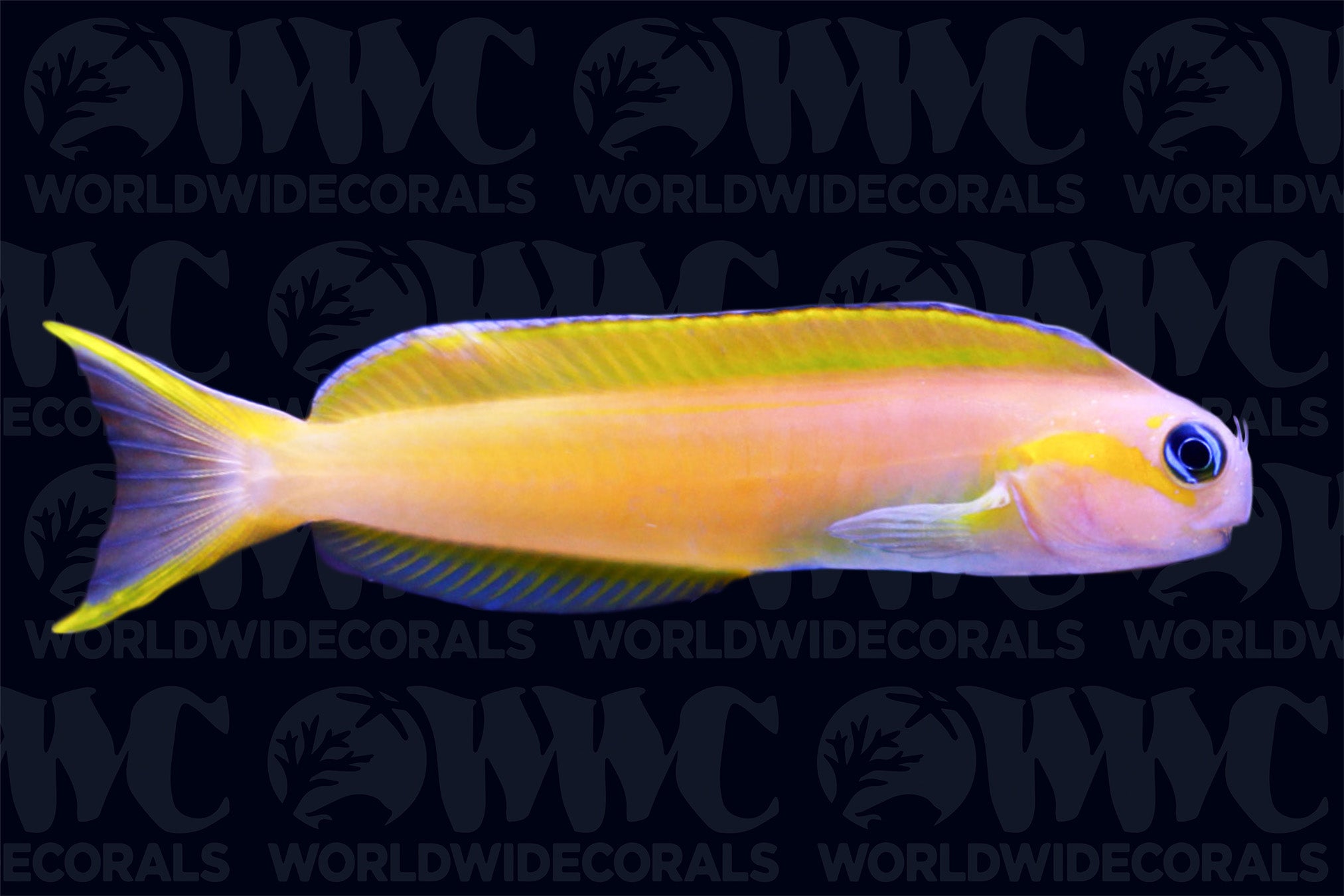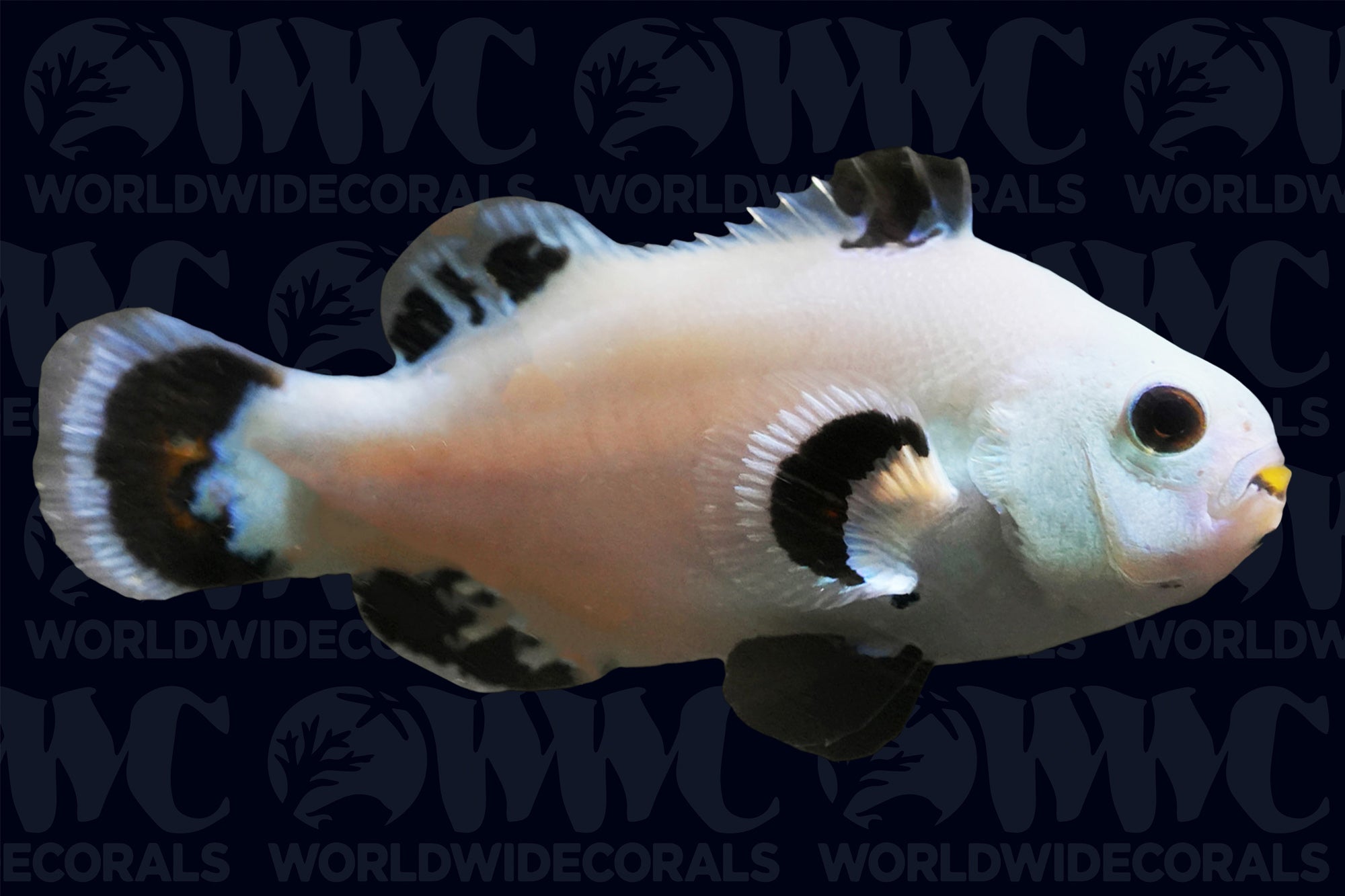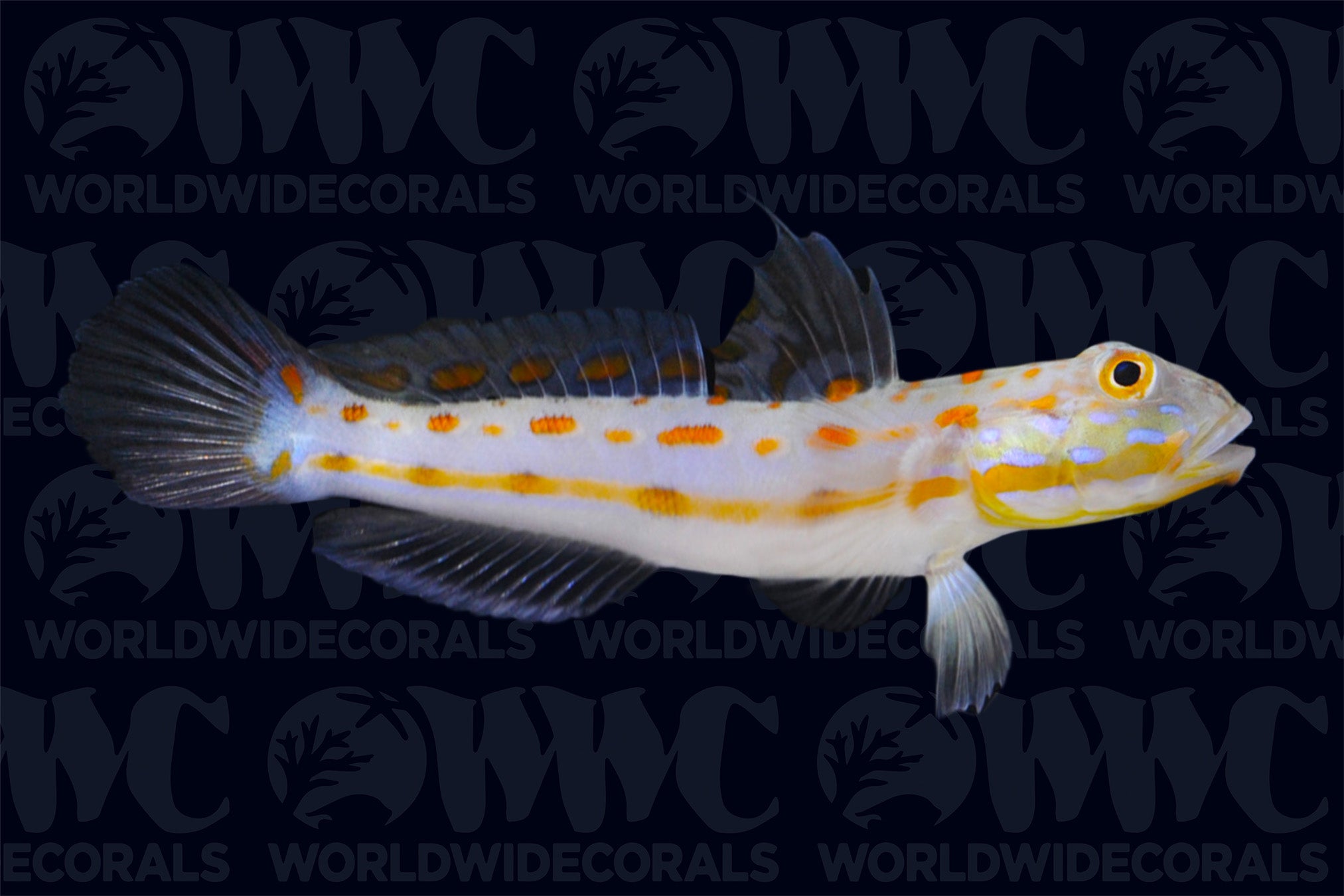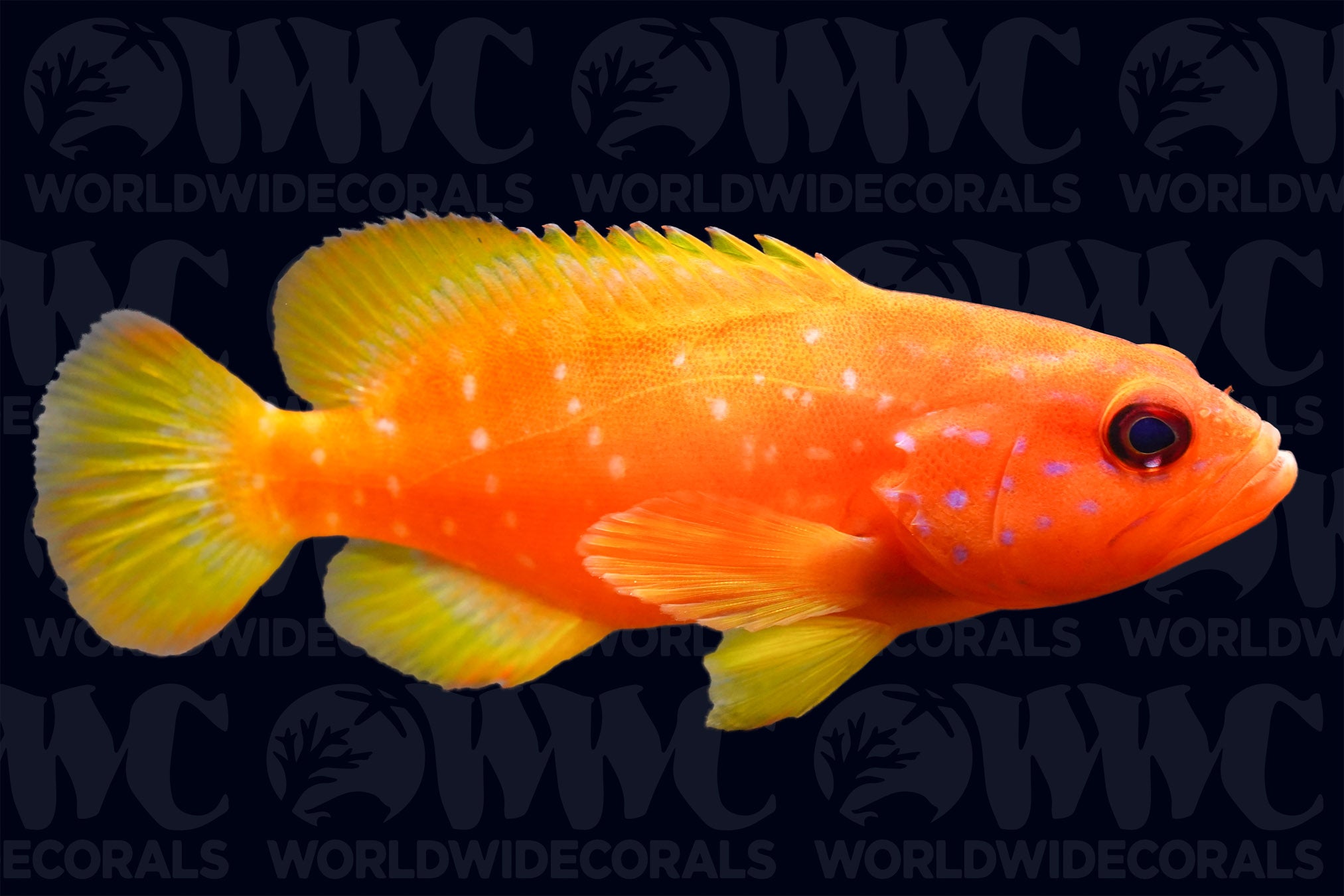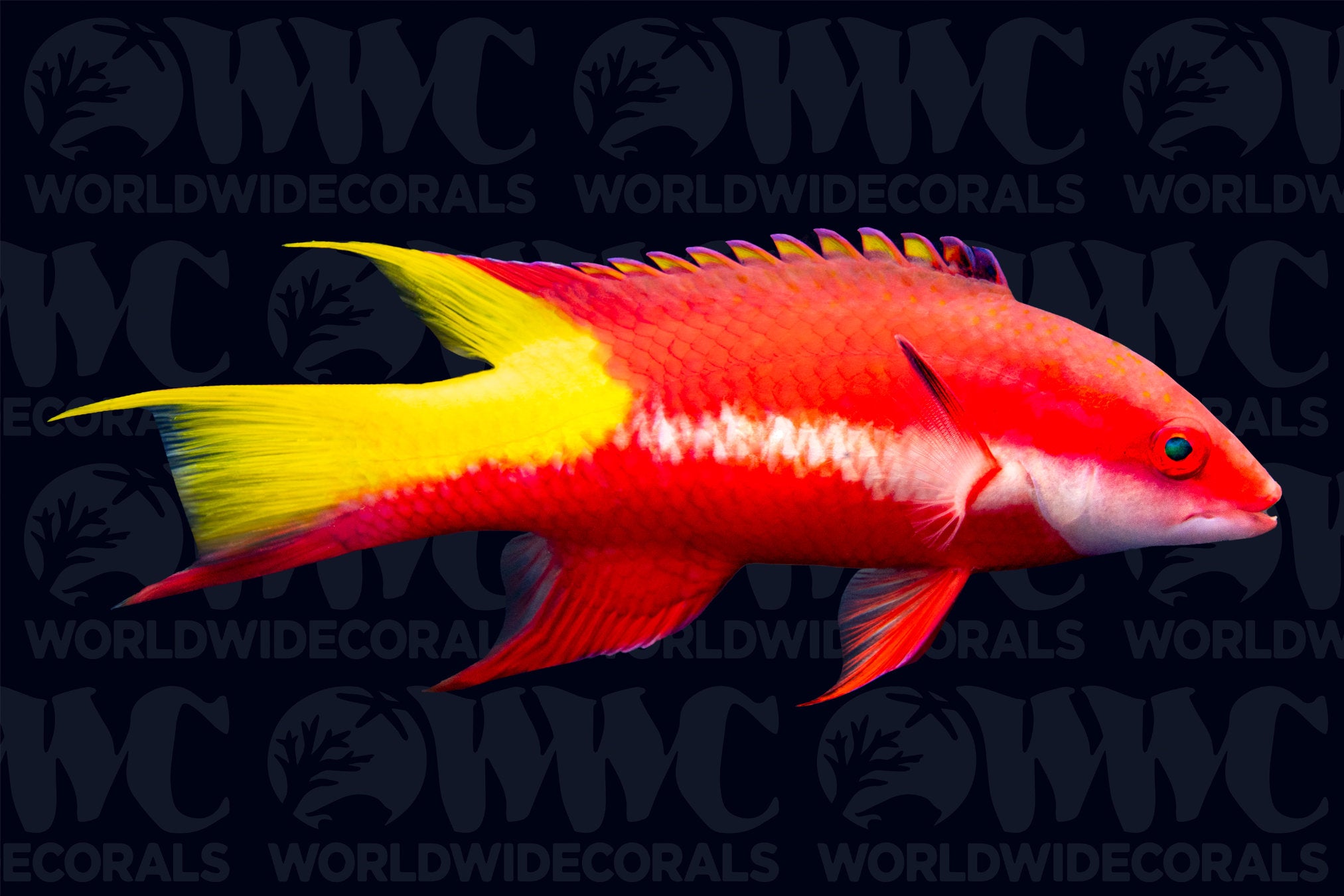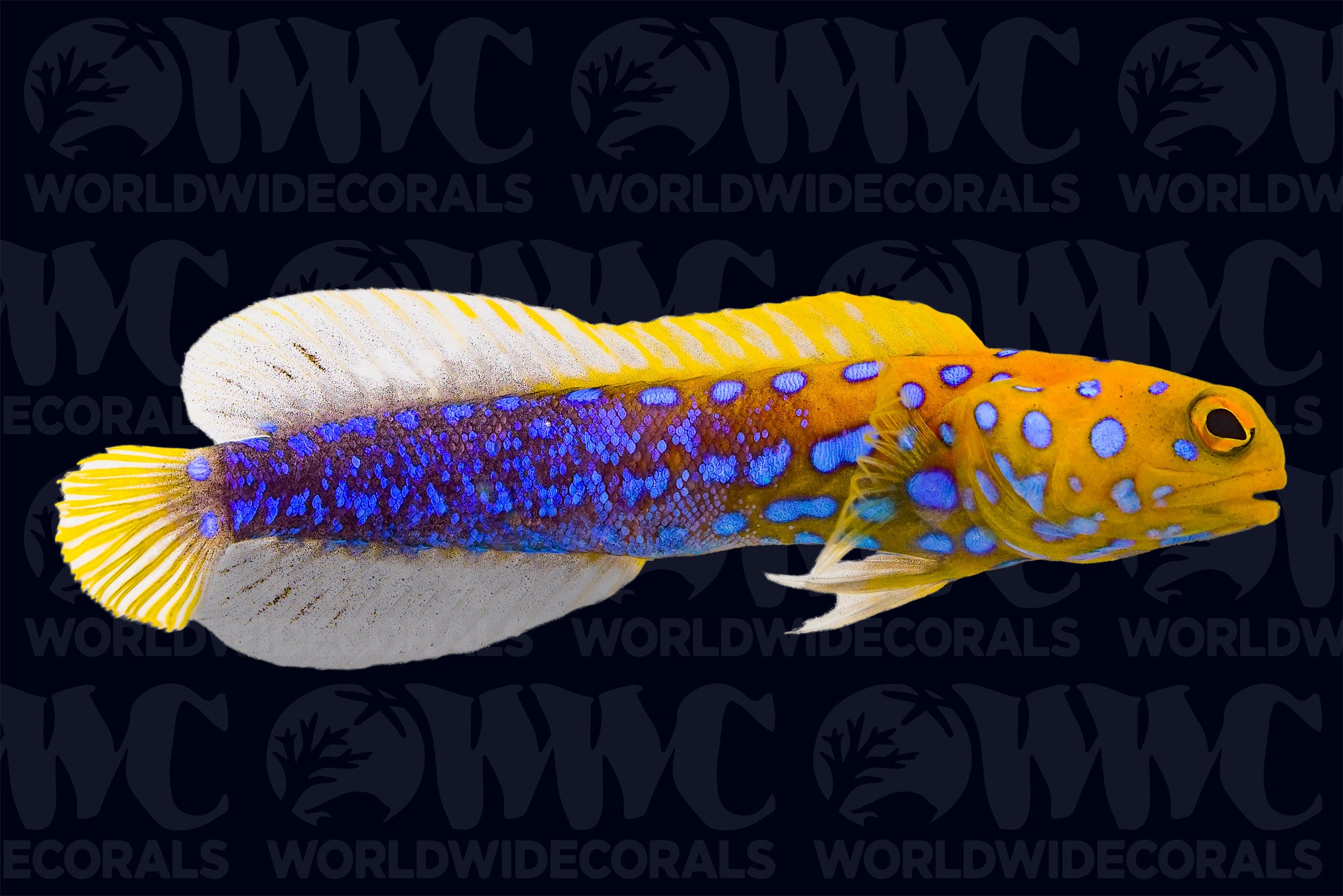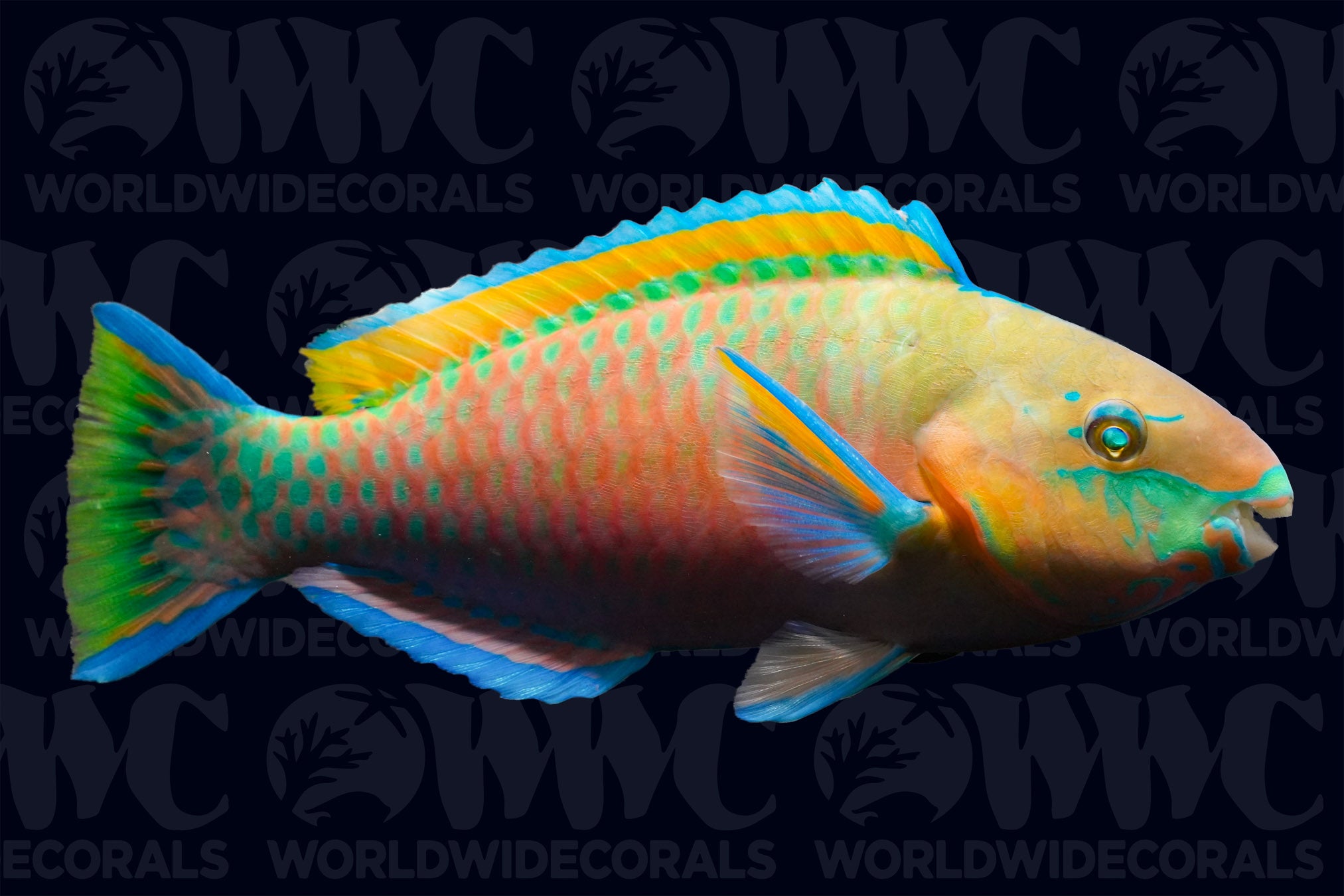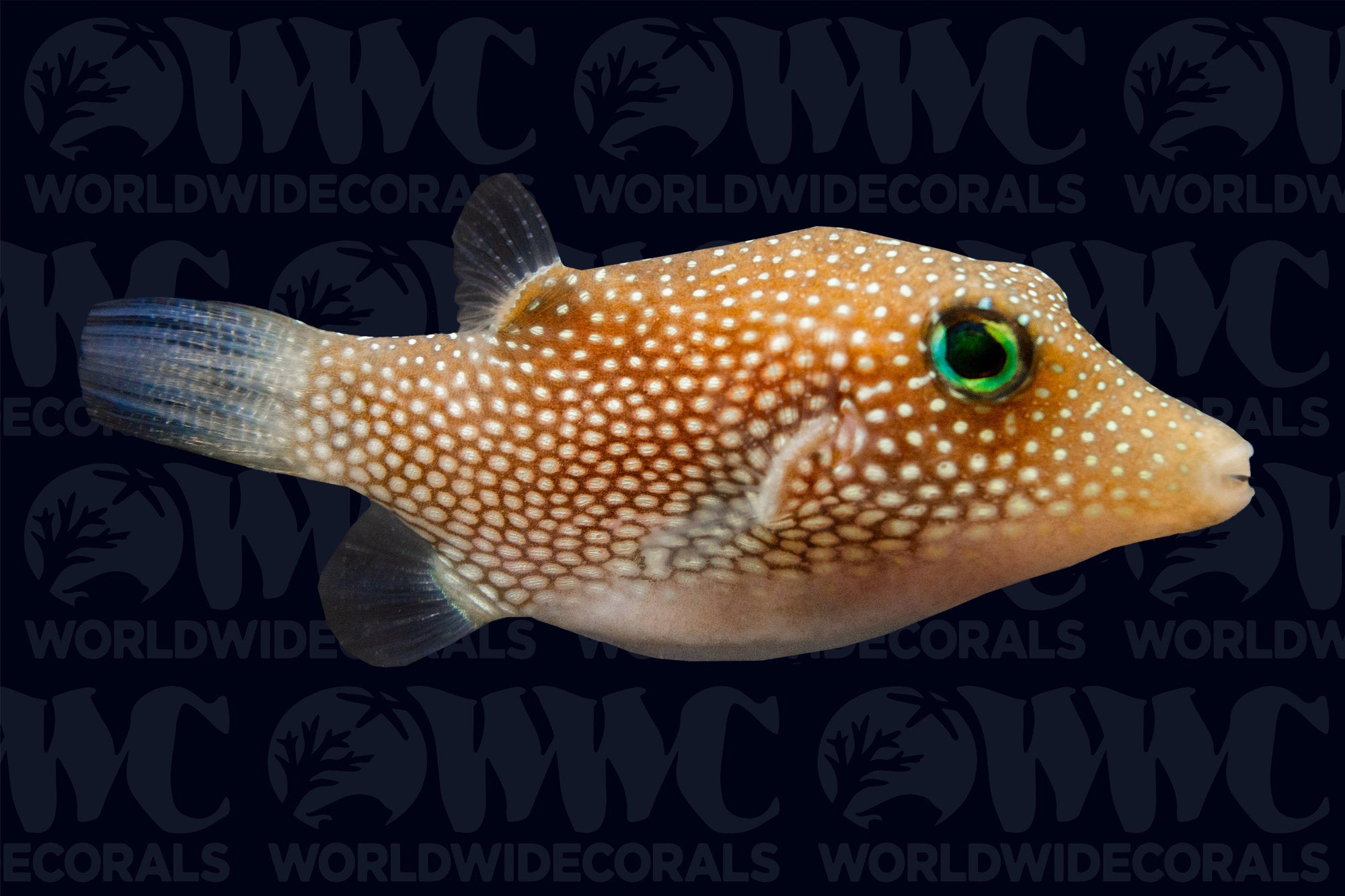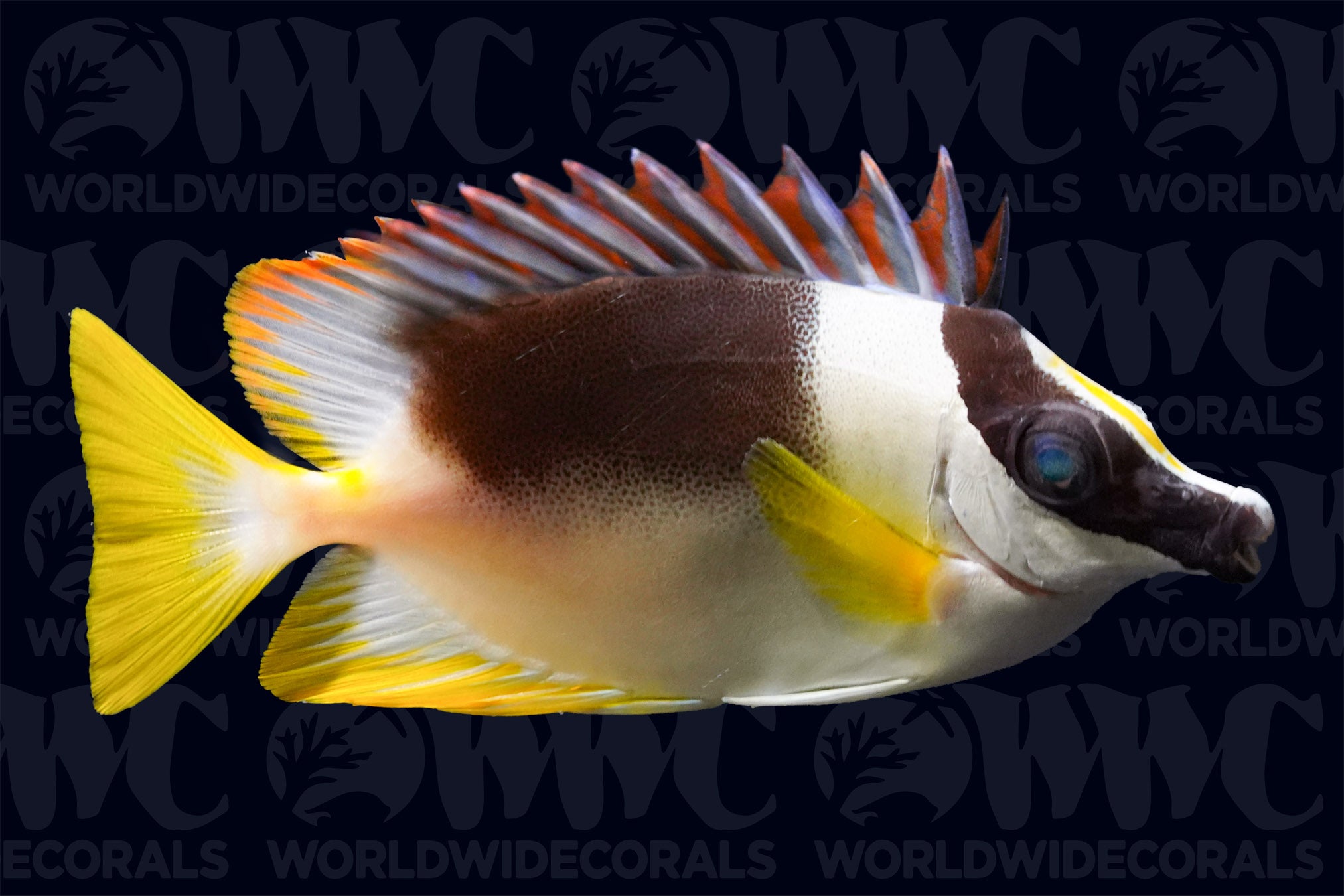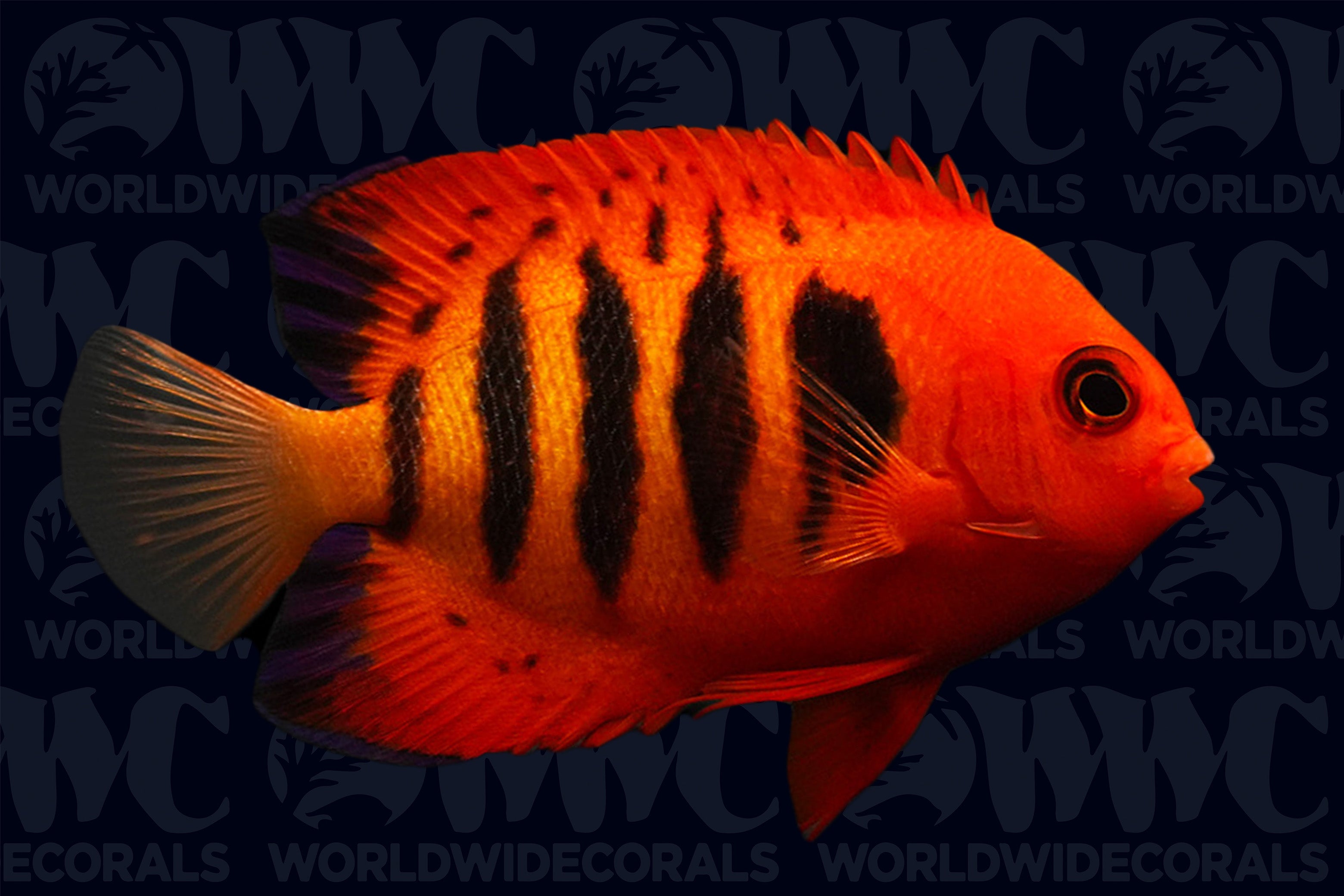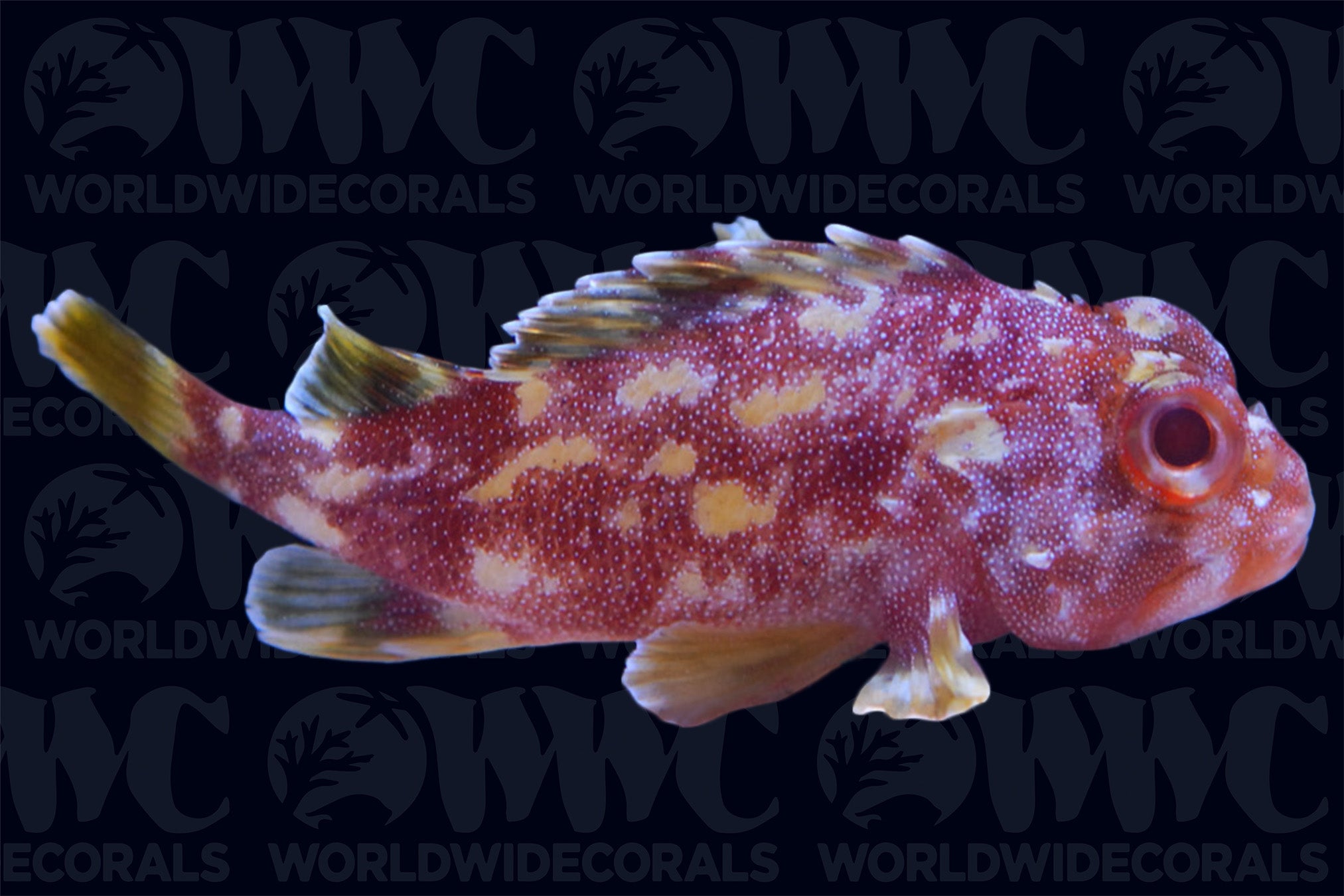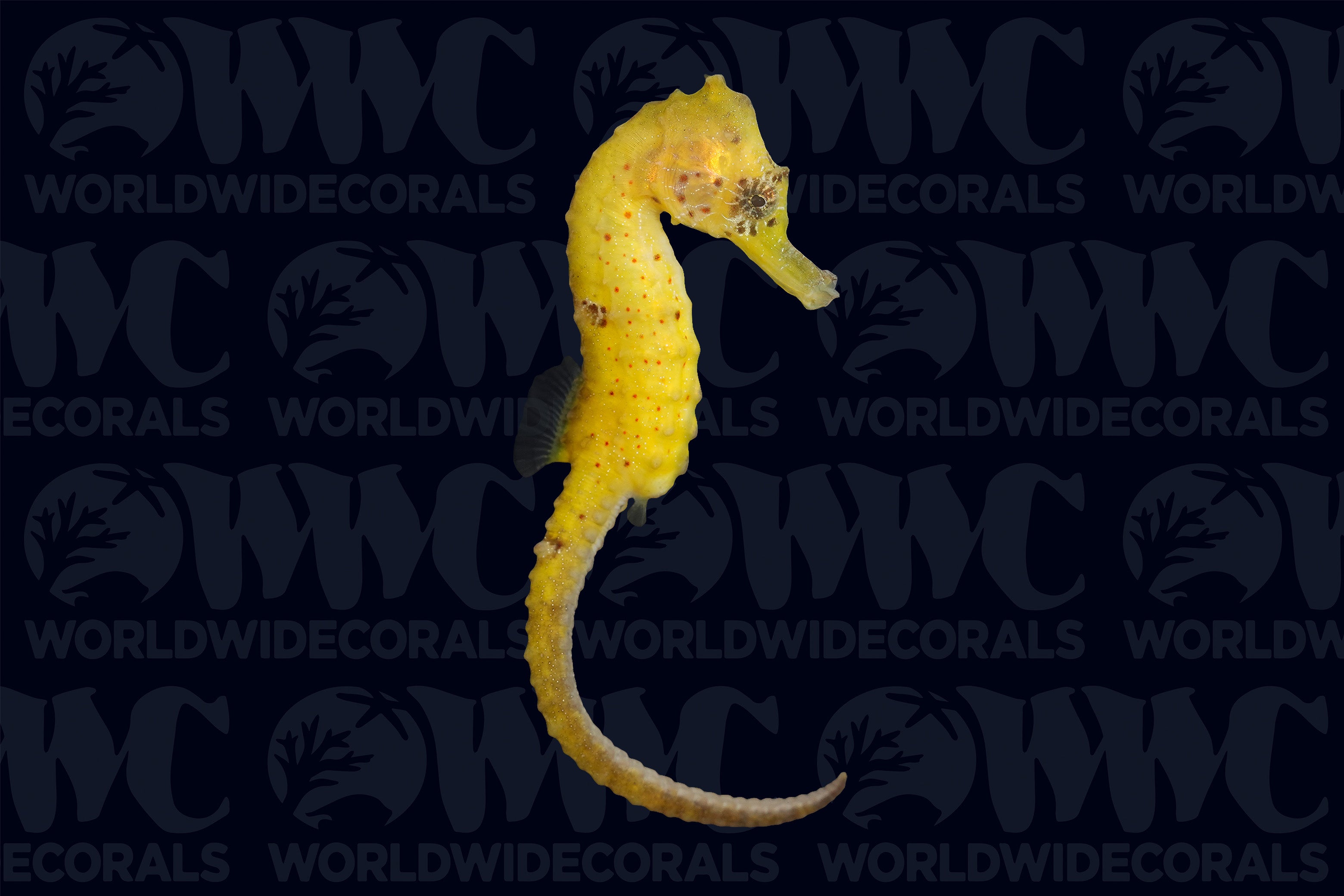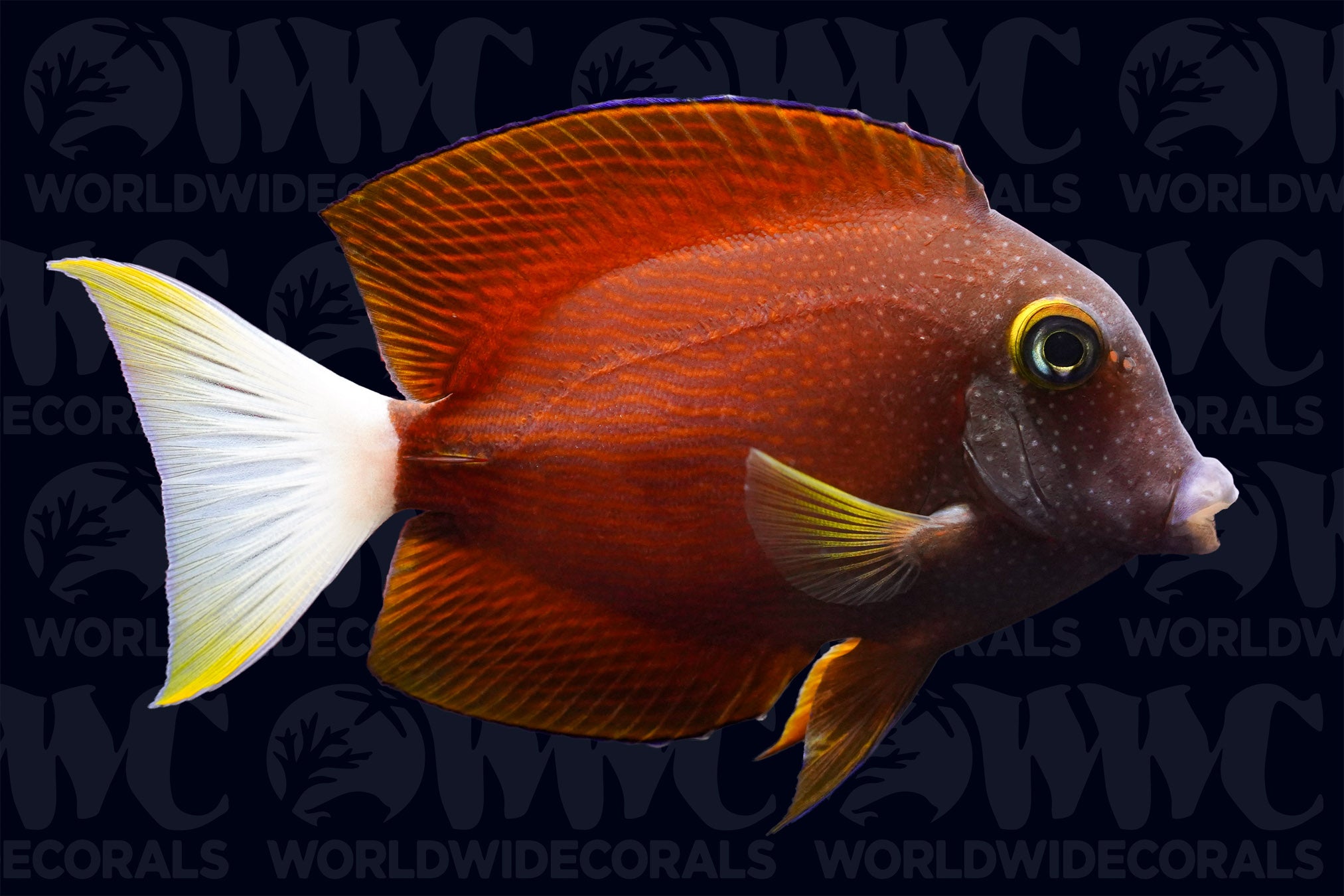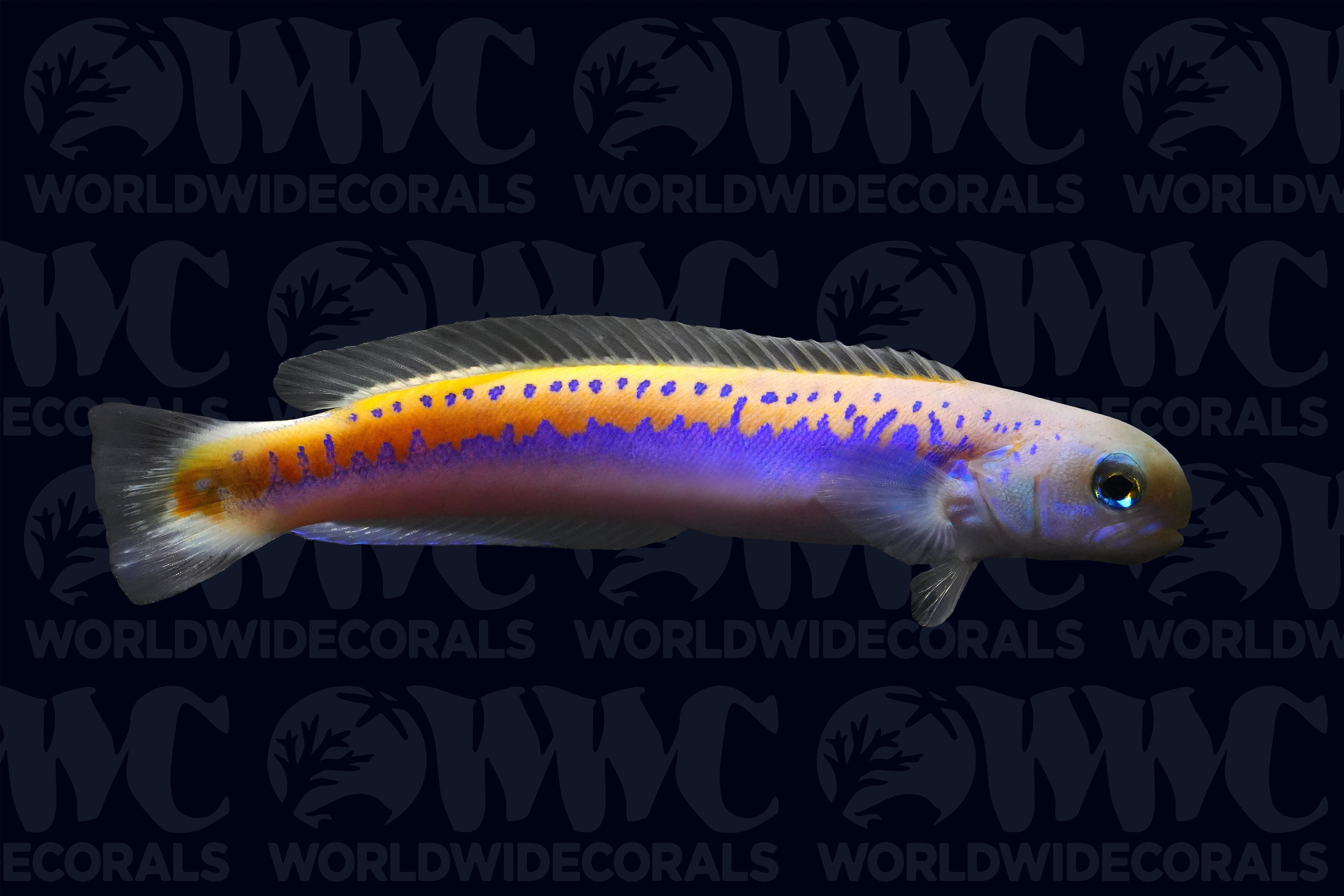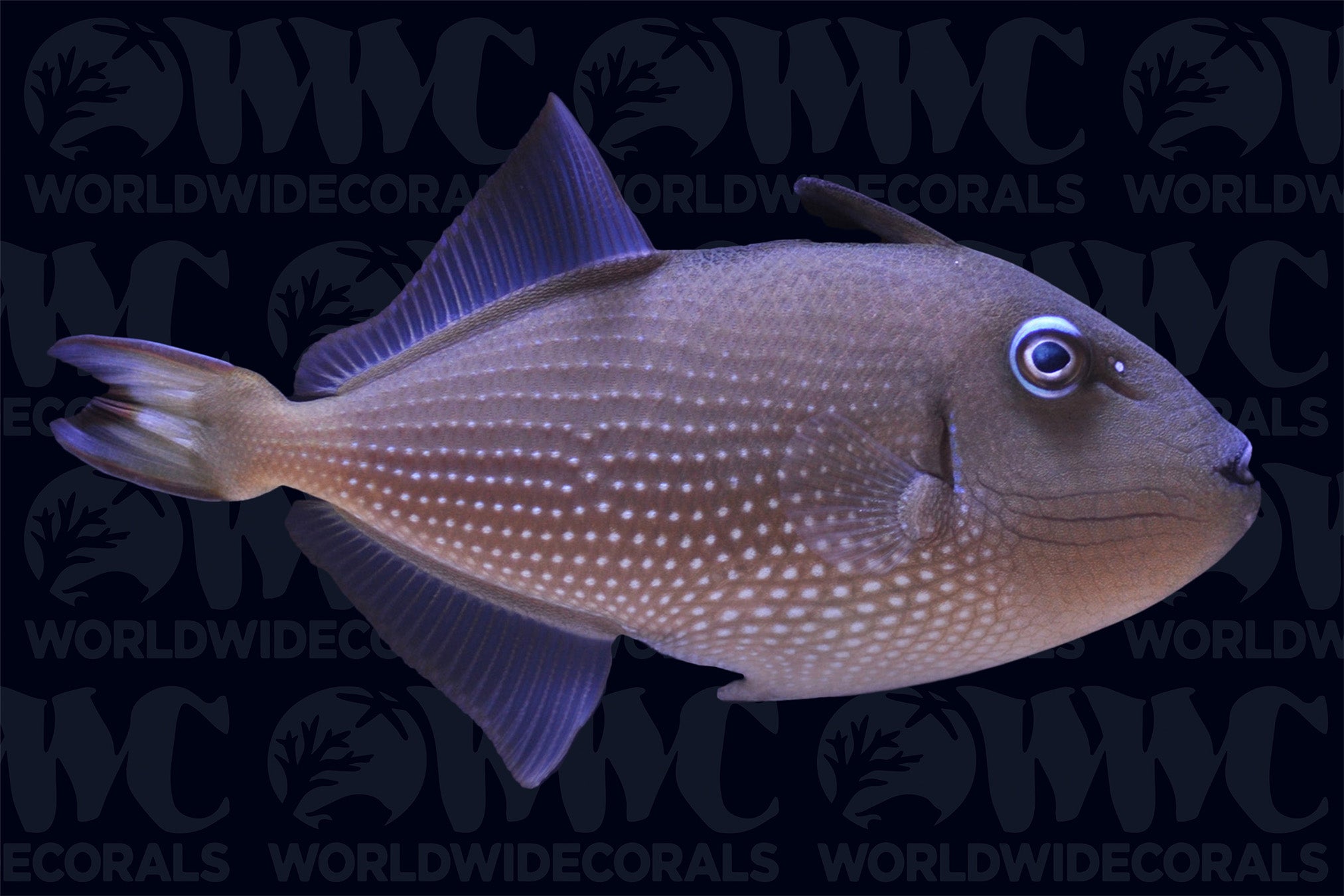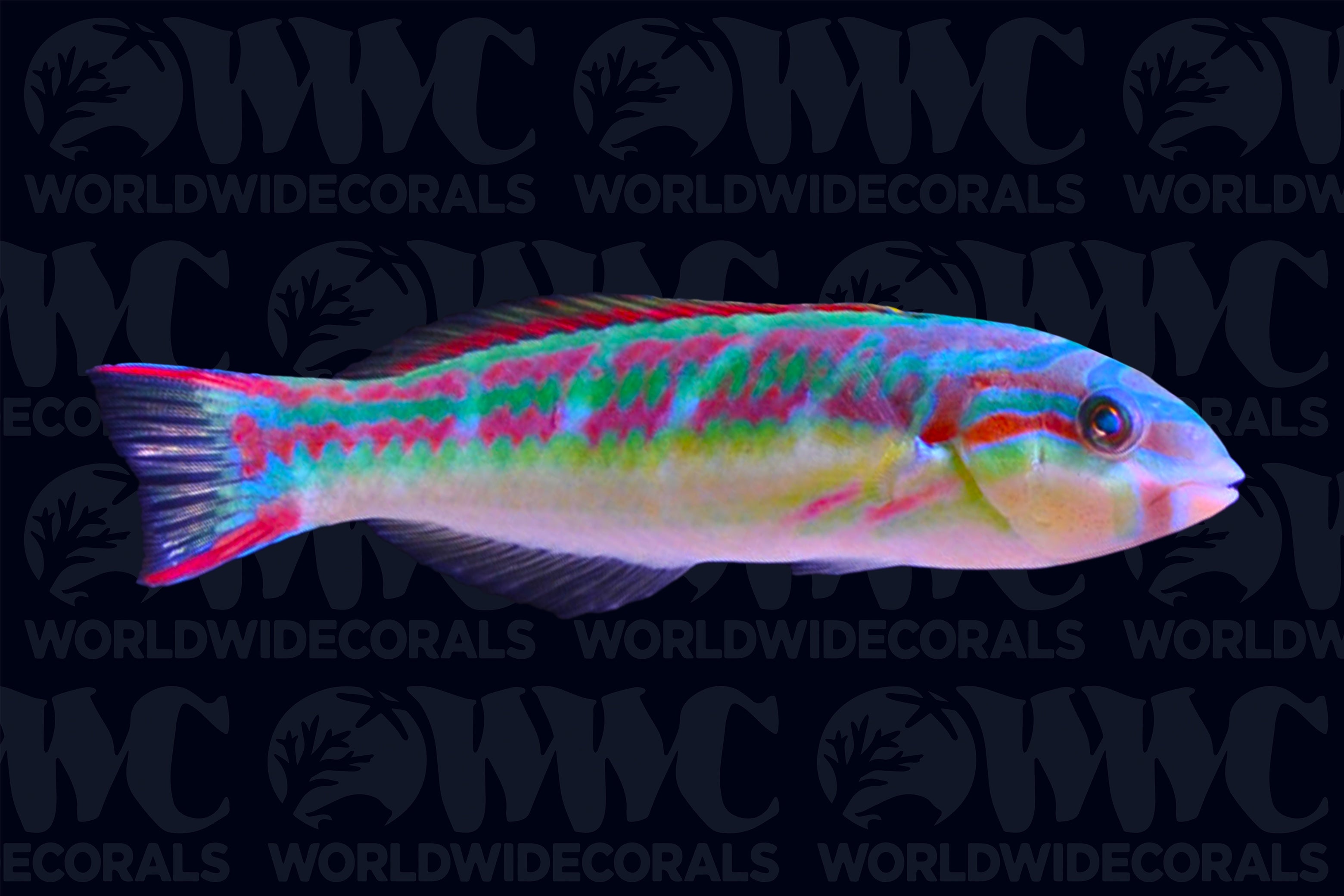Description
Pygoplites diacanthus
Juvenile Angels within this genus start out reef safe, as they mature, they will begin to nip at clam mantles, stony and soft corals as well as tubeworms. Regal Angels may be shy when first being introduced to the aquarium. As they begin to acclimate to their new home, they will begin to establish their own territories. They can be slightly aggressive if they feel threatened. Angels possess cheek spines along the edge of their gill covers. Therefore, exercise caution when handling them and refrain from using a net for capture, as they could become entangled or injured during removal. Juvenile Regal Angels are mainly an orange color with black edged white vertical stripes, their dorsal fin is orange and the anal and pelvic fins are yellow. Juveniles will have a very distinctive eye spot on the rear upper portion of their body. Adults look totally different with an overall yellow to orange body with black edged white stripes. Their anal fin will be yellow with blue stripes. Omnivorous by nature, they thrive on a varied diet of frozen foods such as fortified brine and mysis shrimp and prepared marine Angelfish foods that include sponge. As well as flake foods containing Spirulina and Nori. They should be fed at least twice a day. These Angels typically reach a size of up to 10 inches and should be added to aquariums of 180 gallons or larger for optimal space and comfort. Regal Angels are commonly found in coral rich clear lagoons, reef patches and channels near the Indo-West and Central Pacific Ocean, typically at depths of up to 250 feet.
Juvenile Angels within this genus start out reef safe, as they mature, they will begin to nip at clam mantles, stony and soft corals as well as tubeworms. Regal Angels may be shy when first being introduced to the aquarium. As they begin to acclimate to their new home, they will begin to establish their own territories. They can be slightly aggressive if they feel threatened. Angels possess cheek spines along the edge of their gill covers. Therefore, exercise caution when handling them and refrain from using a net for capture, as they could become entangled or injured during removal. Juvenile Regal Angels are mainly an orange color with black edged white vertical stripes, their dorsal fin is orange and the anal and pelvic fins are yellow. Juveniles will have a very distinctive eye spot on the rear upper portion of their body. Adults look totally different with an overall yellow to orange body with black edged white stripes. Their anal fin will be yellow with blue stripes. Omnivorous by nature, they thrive on a varied diet of frozen foods such as fortified brine and mysis shrimp and prepared marine Angelfish foods that include sponge. As well as flake foods containing Spirulina and Nori. They should be fed at least twice a day. These Angels typically reach a size of up to 10 inches and should be added to aquariums of 180 gallons or larger for optimal space and comfort. Regal Angels are commonly found in coral rich clear lagoons, reef patches and channels near the Indo-West and Central Pacific Ocean, typically at depths of up to 250 feet.
3 DAY GUARANTEE | Hassle Free | 100% Satisfaction | Online Orders Only


